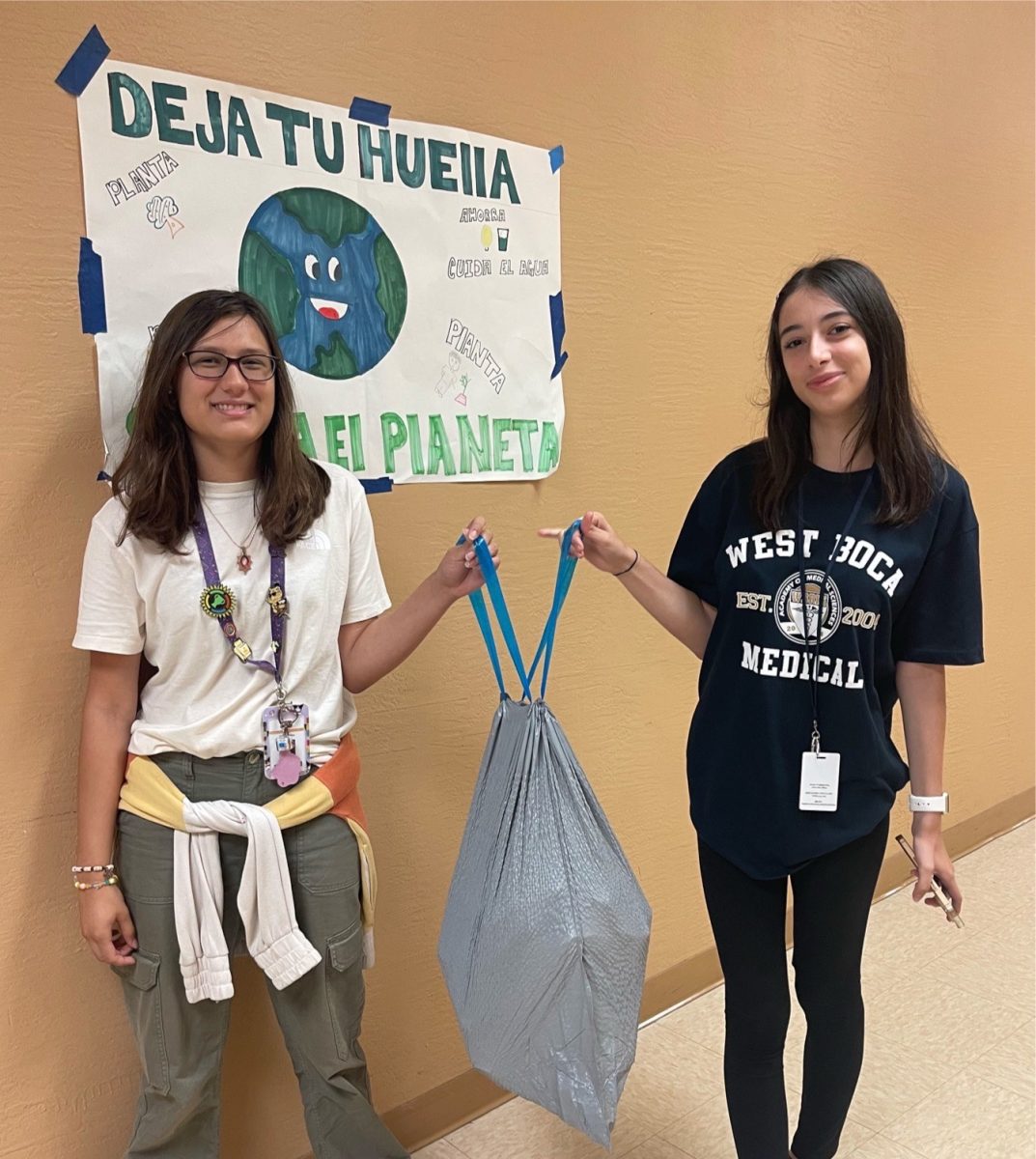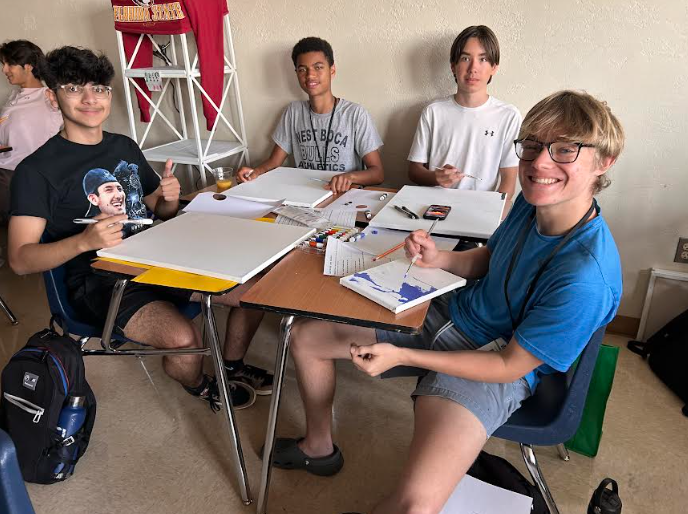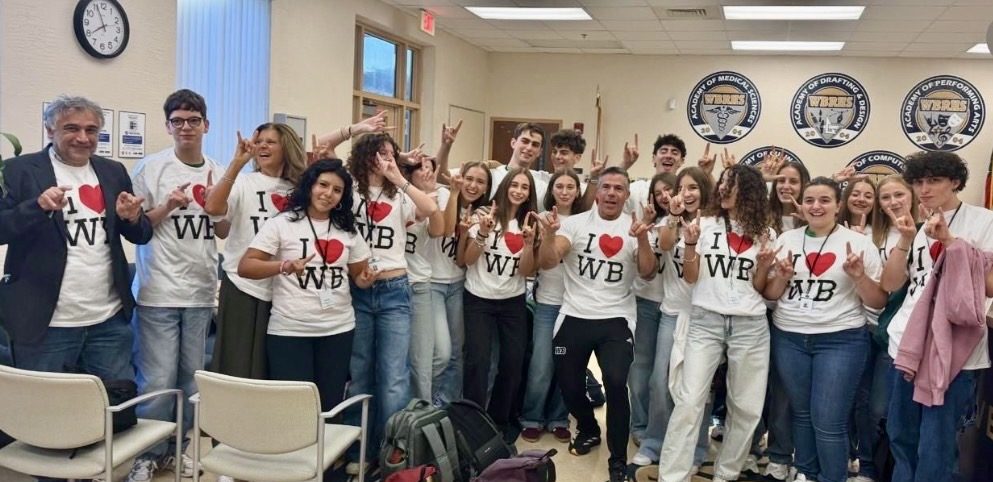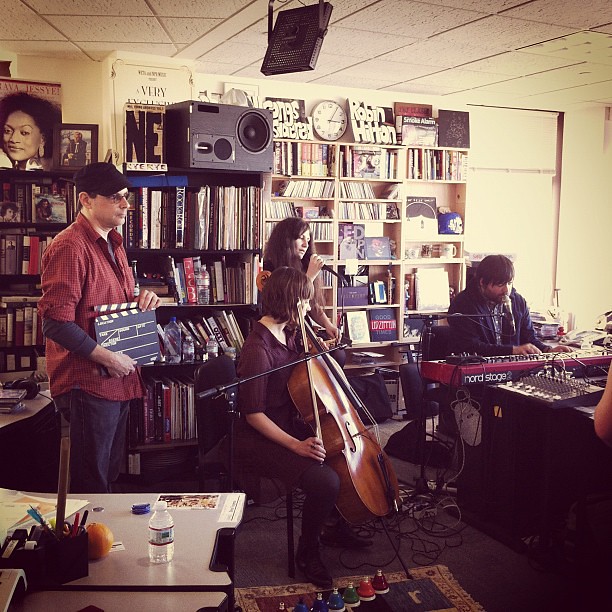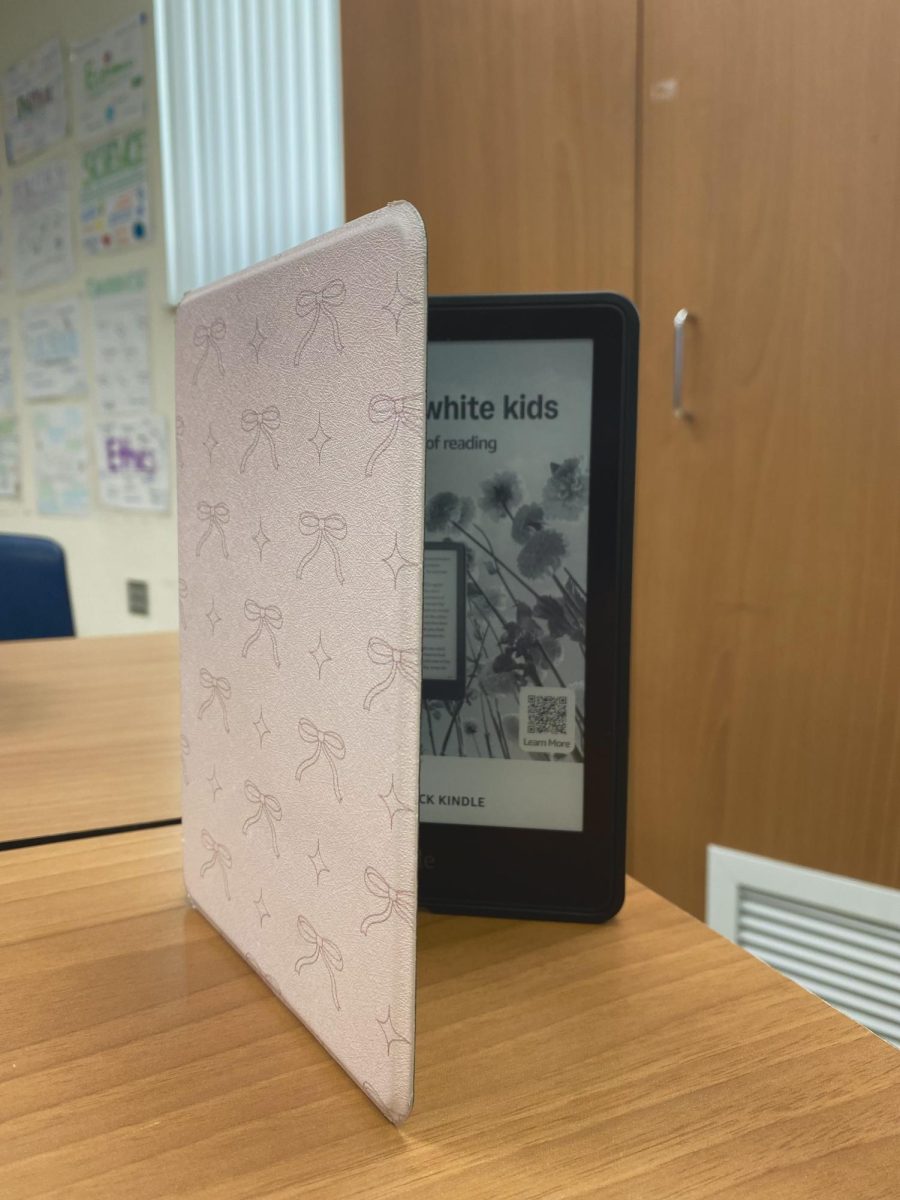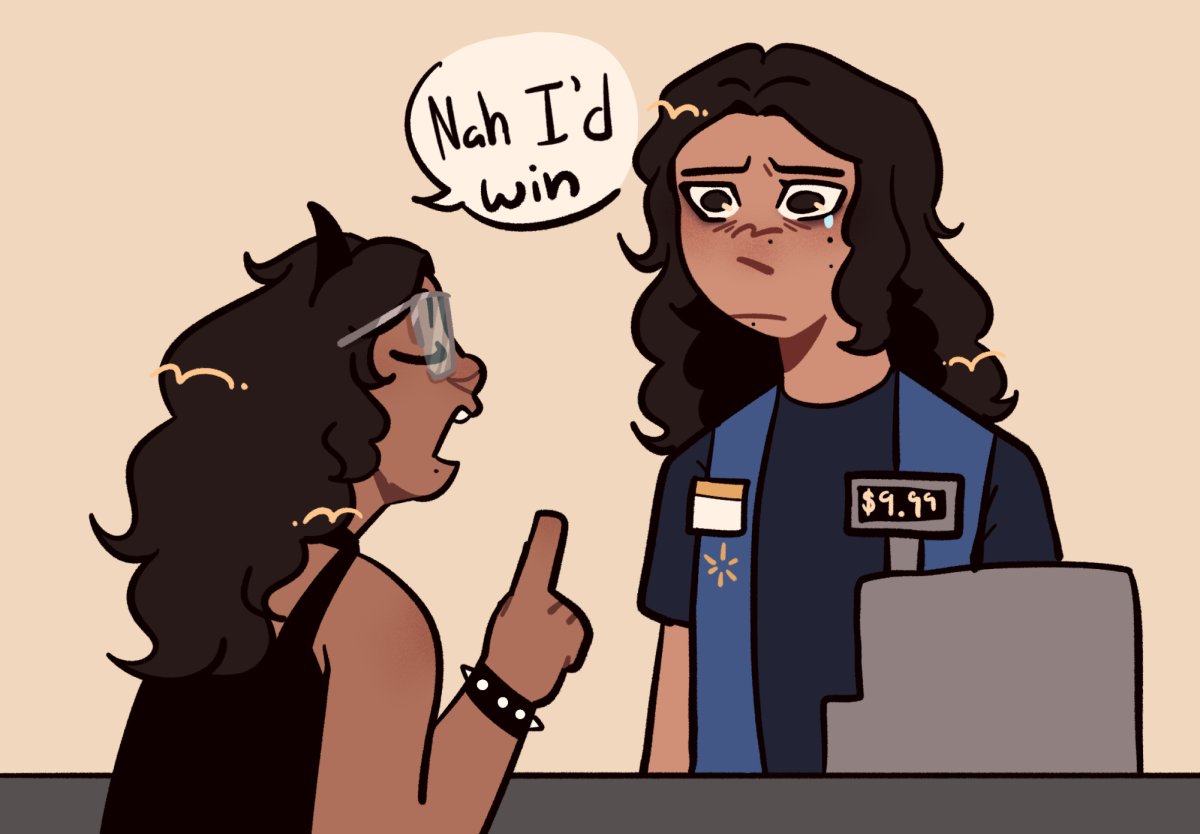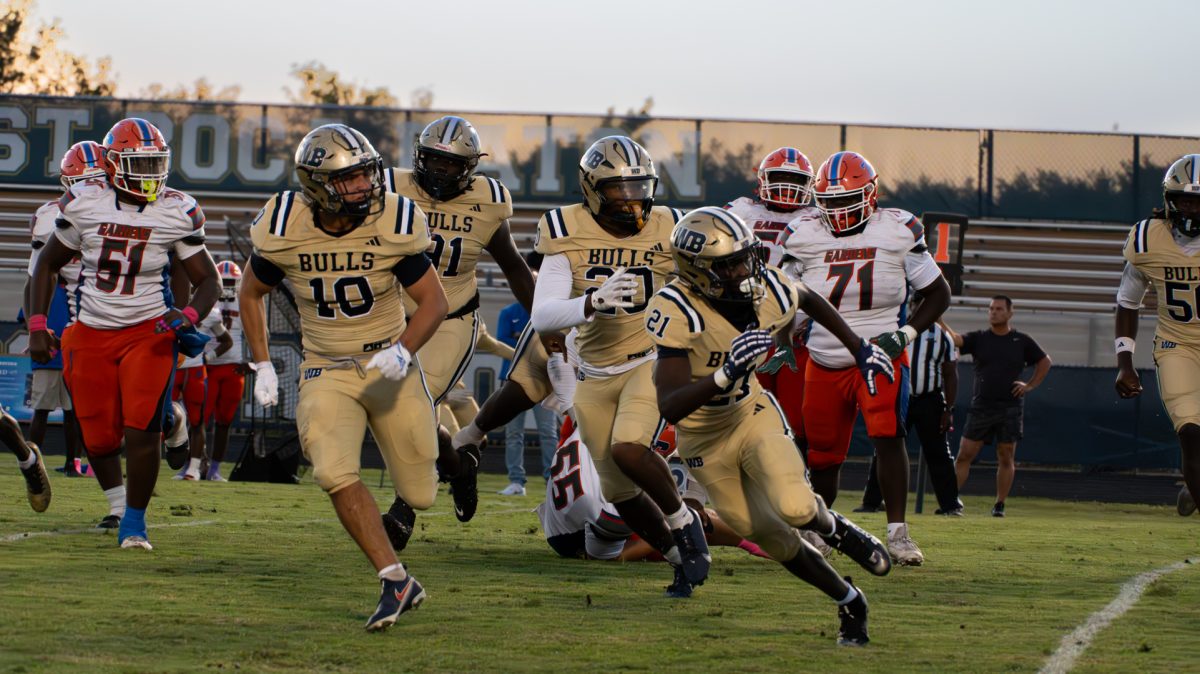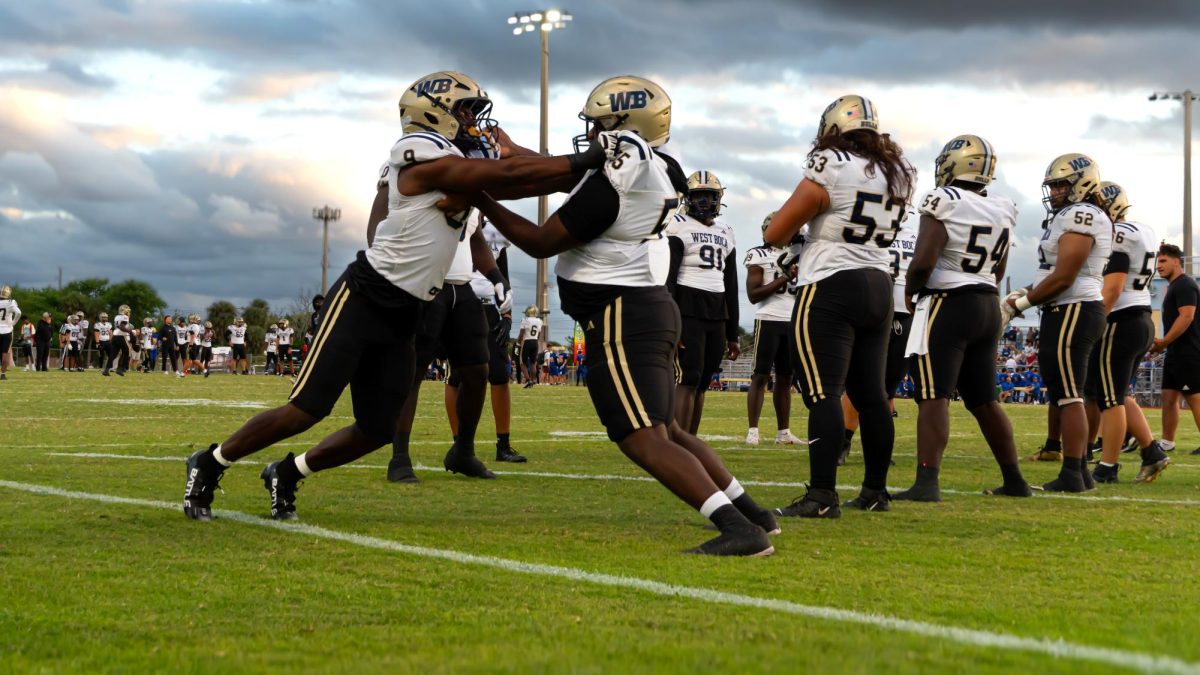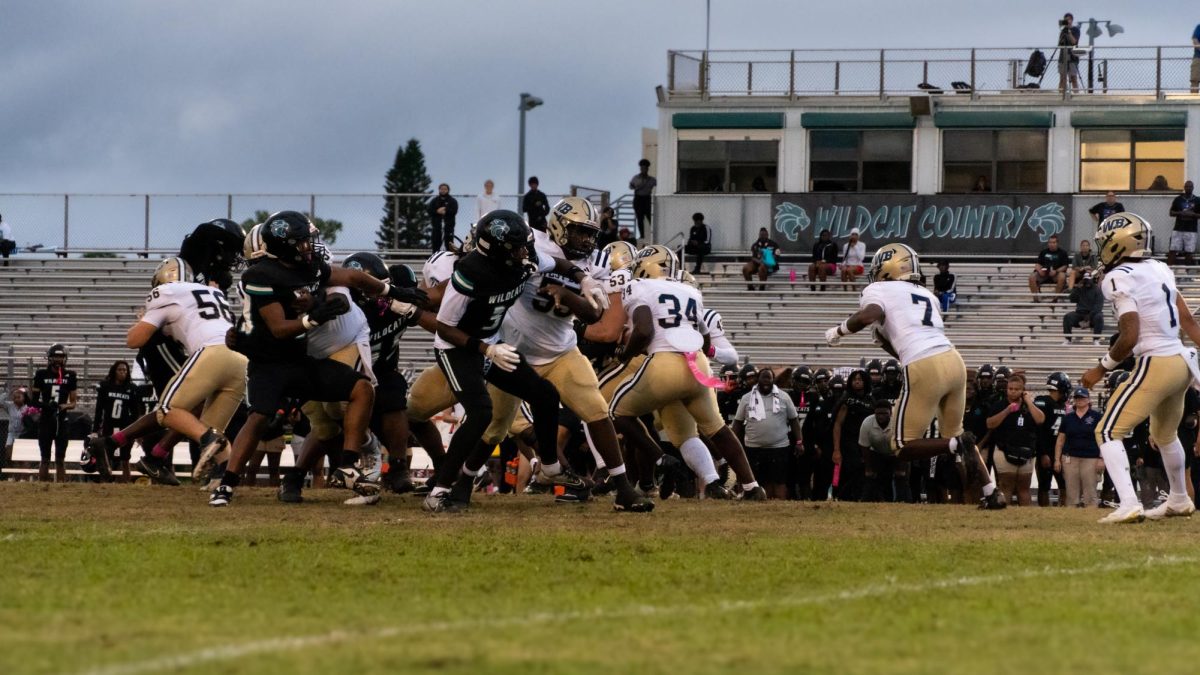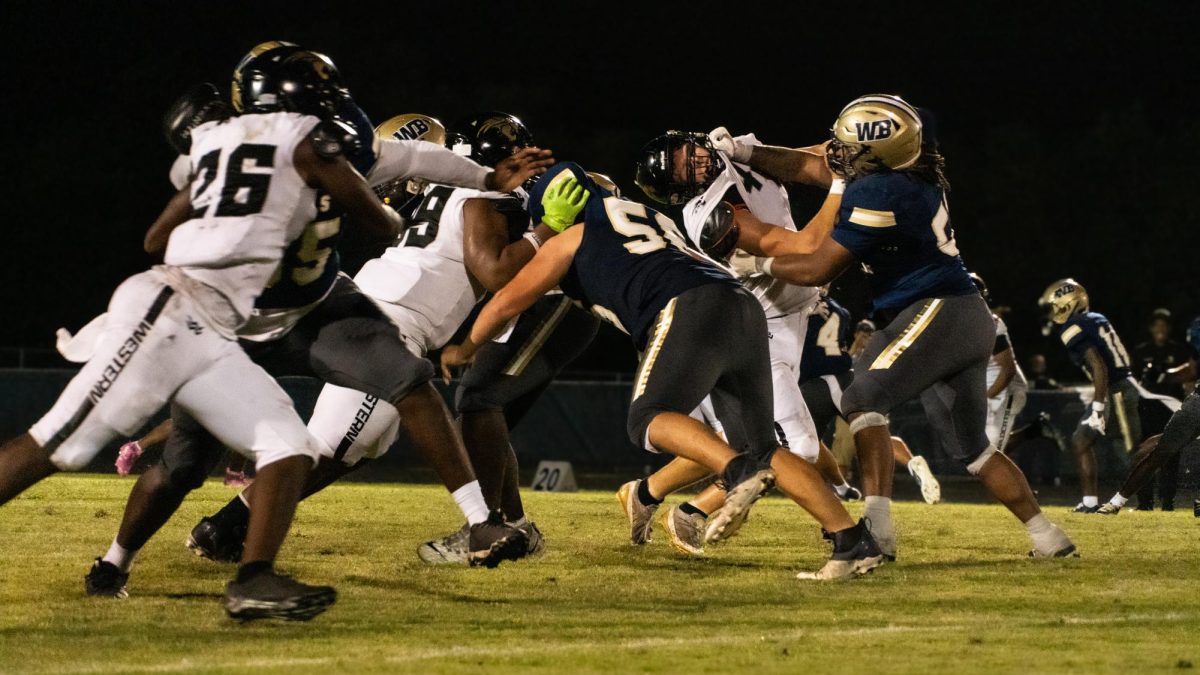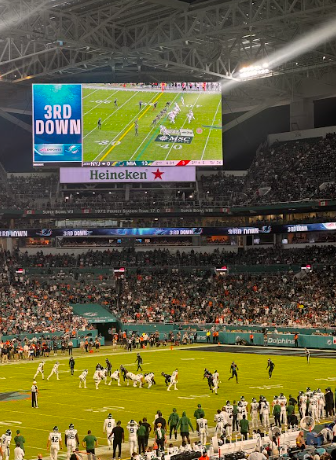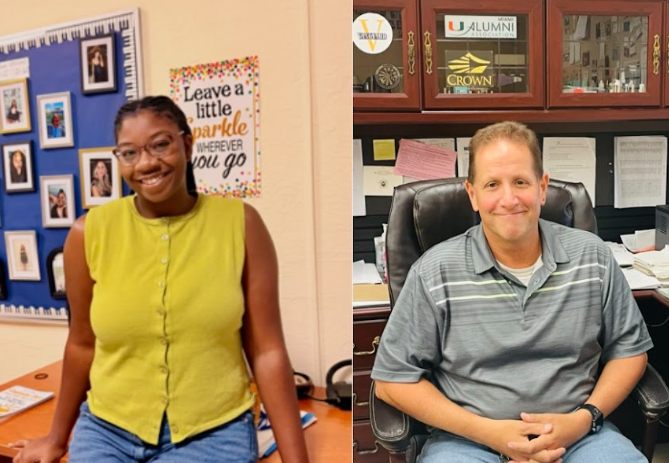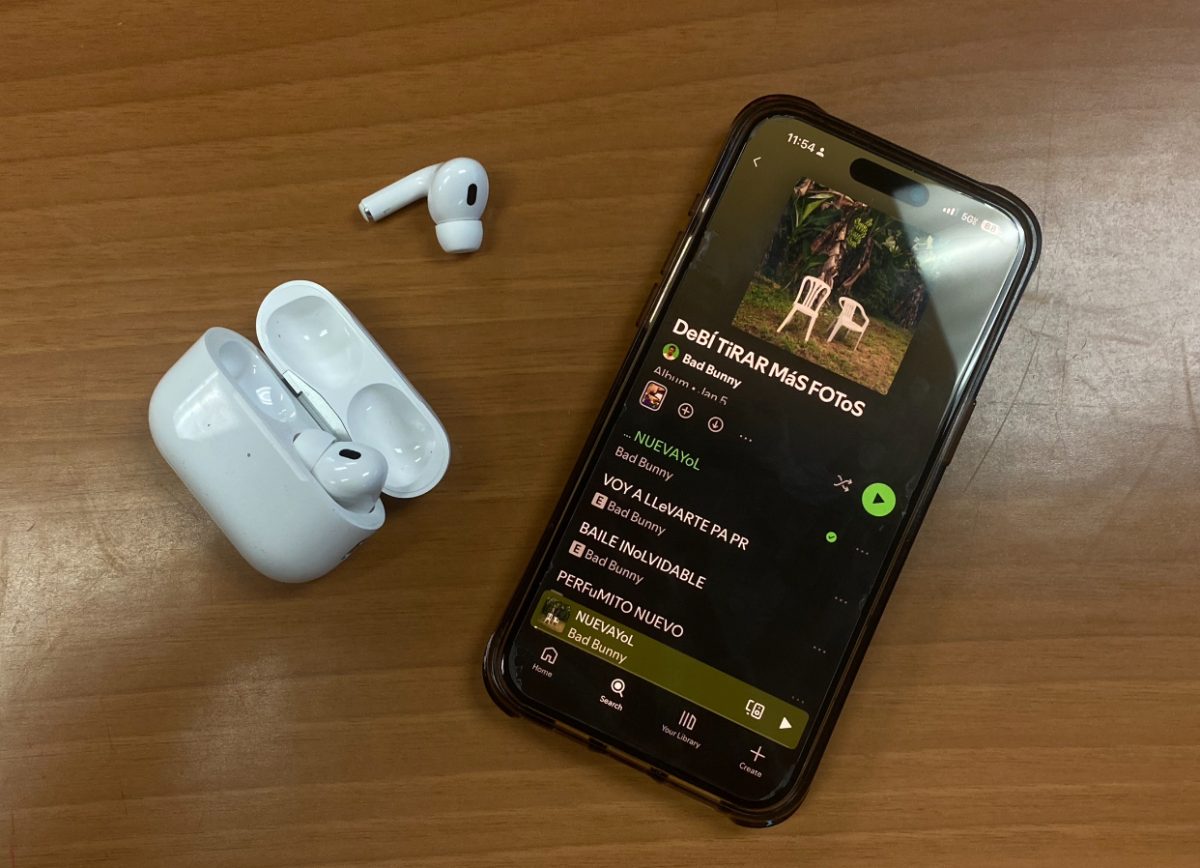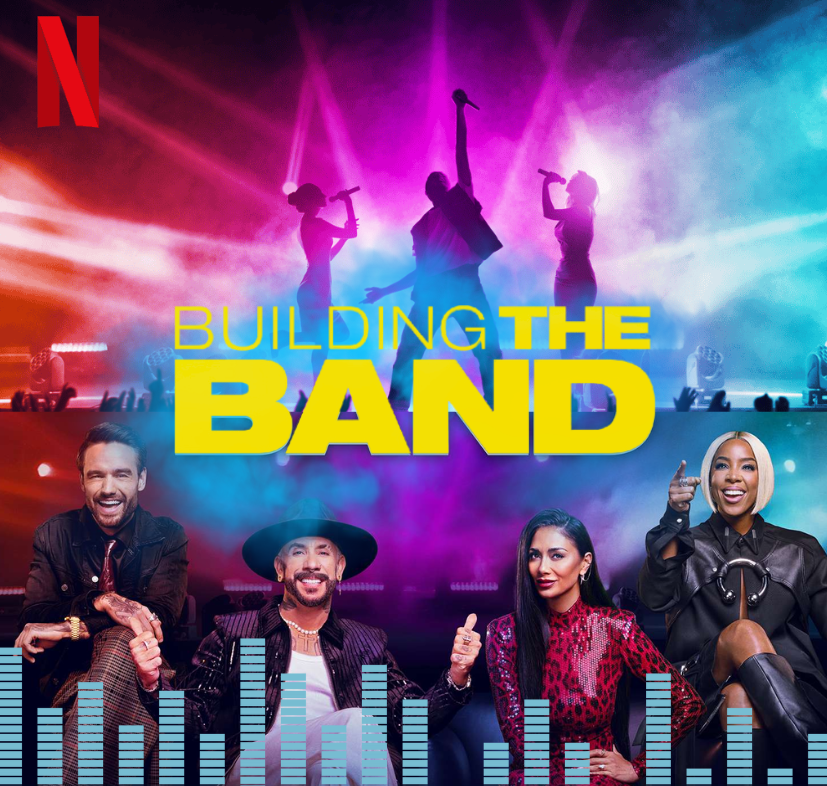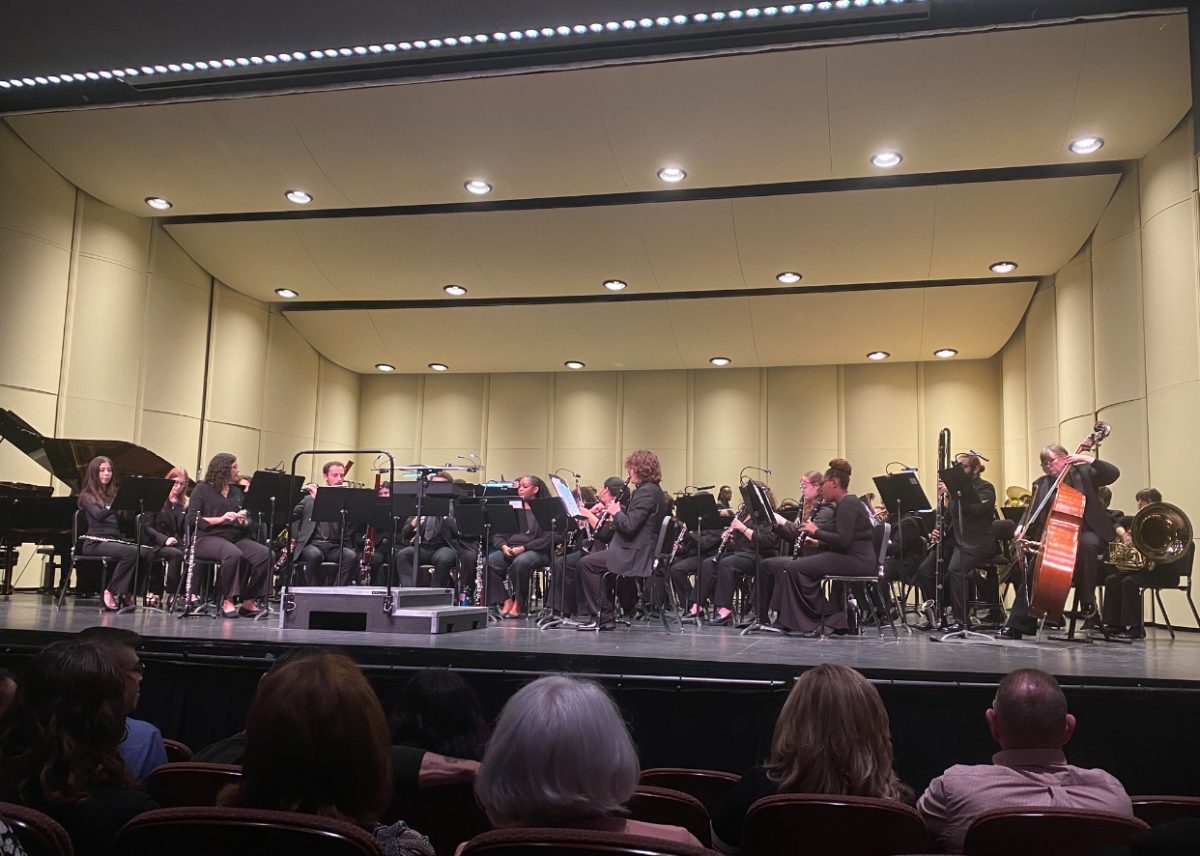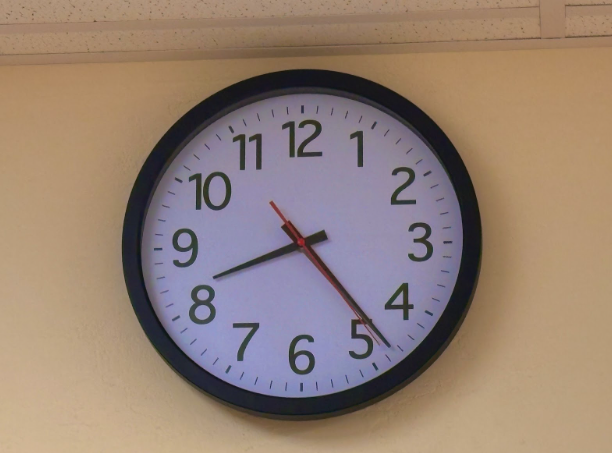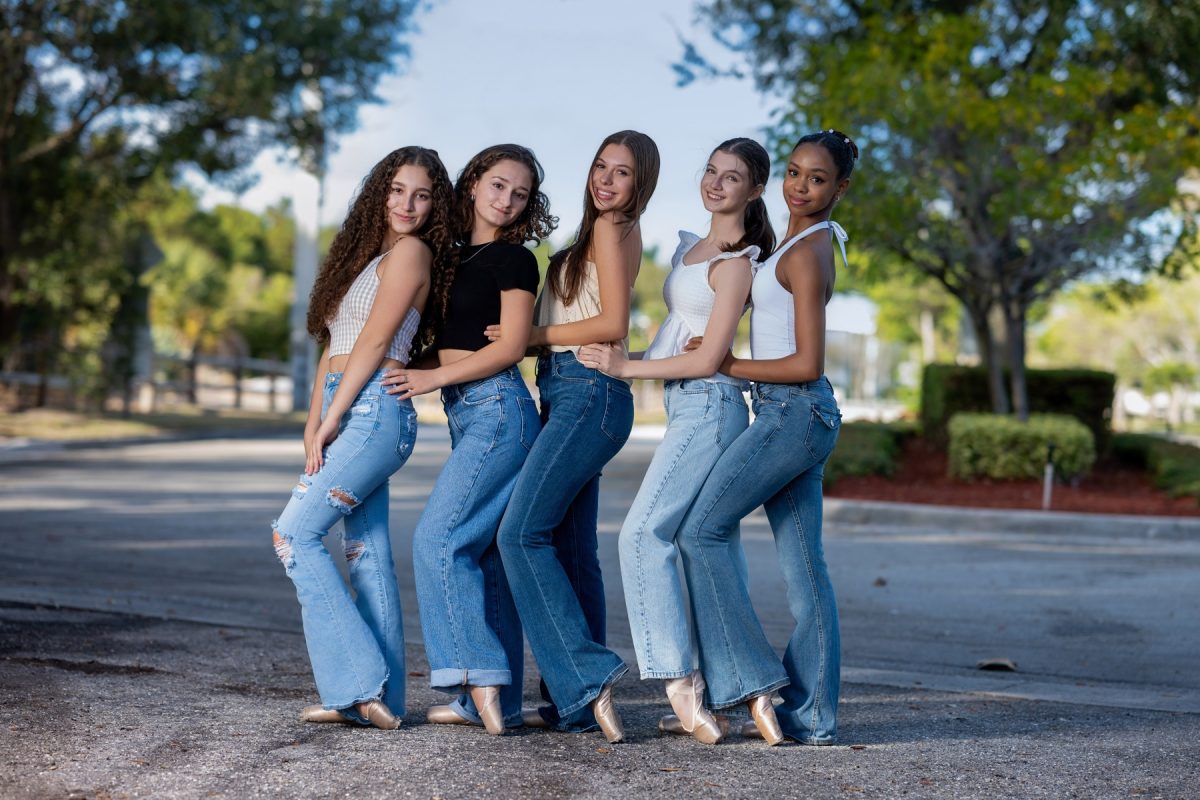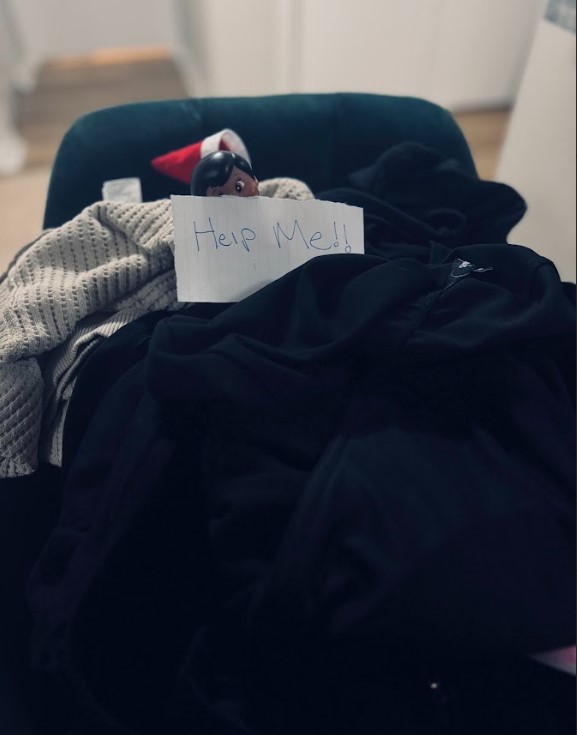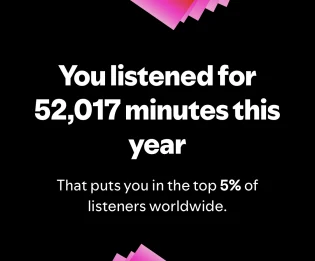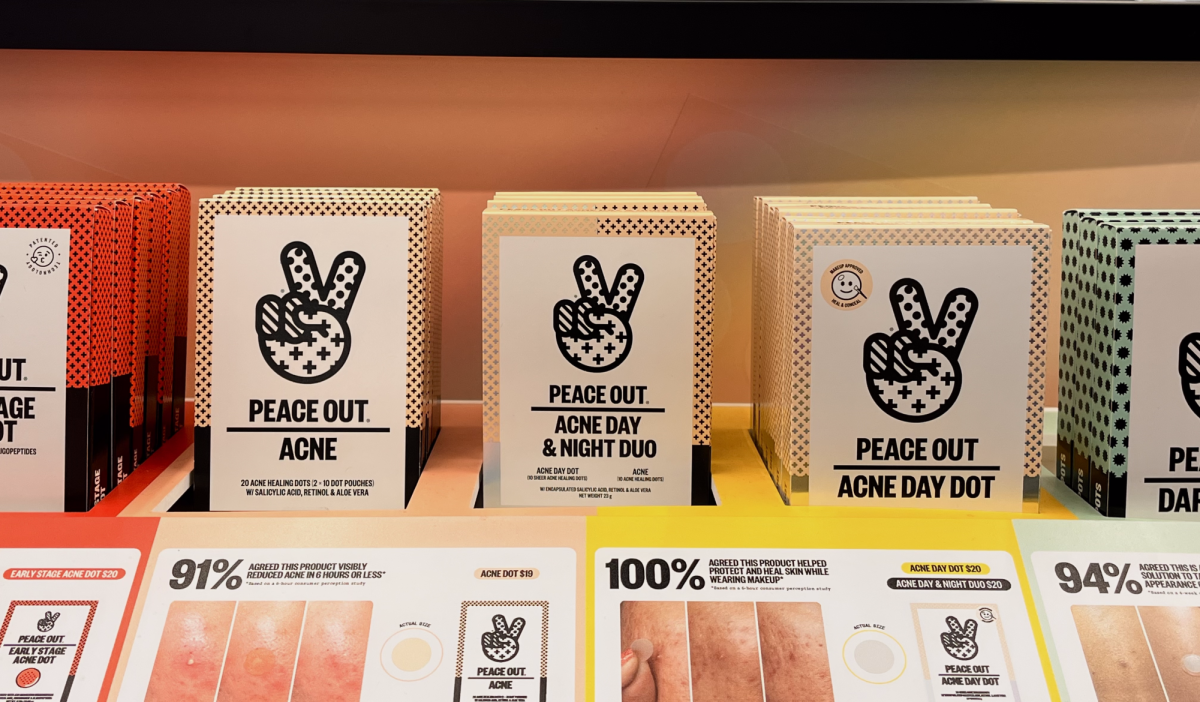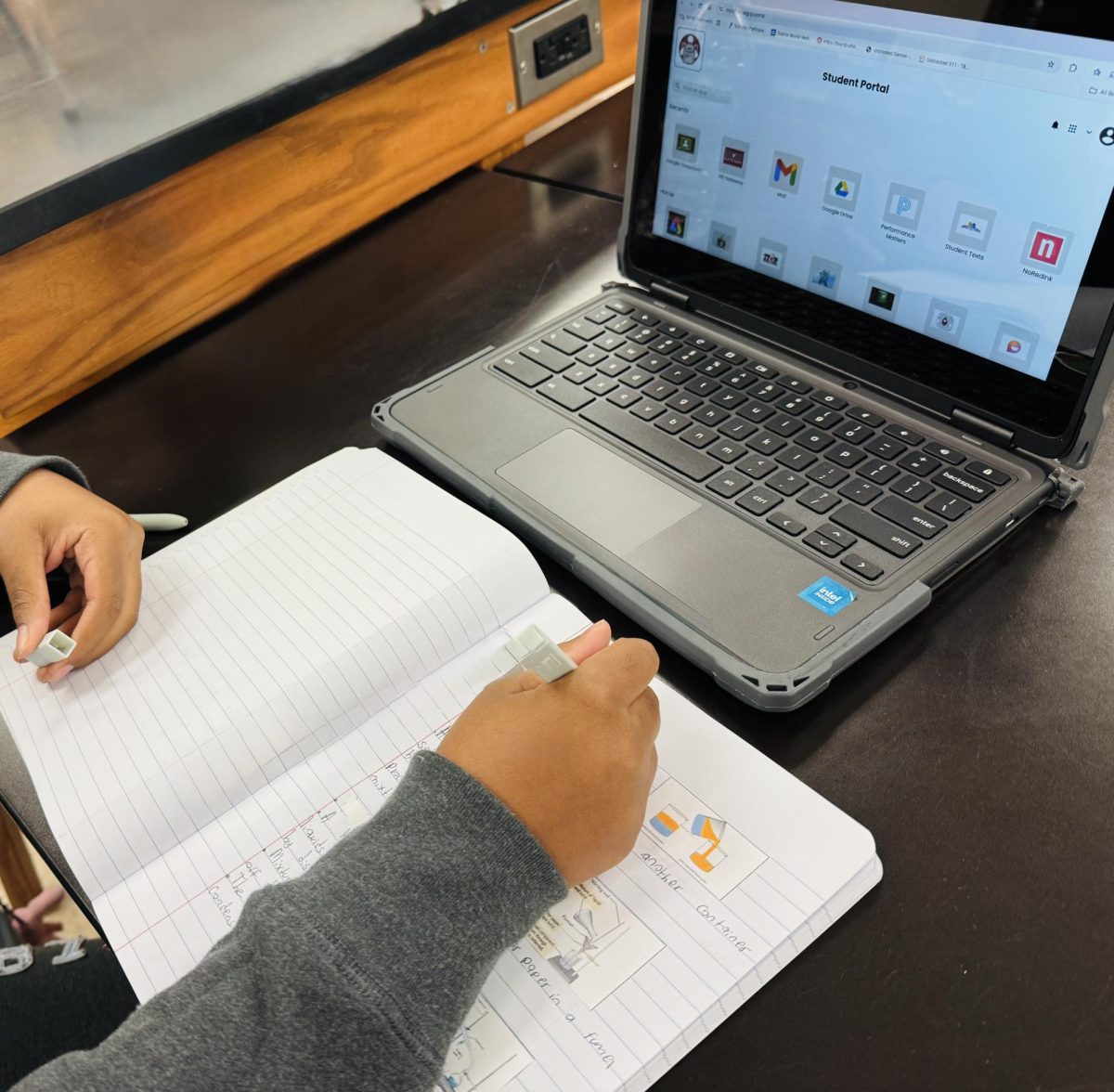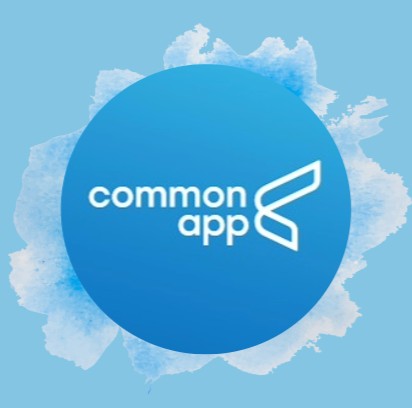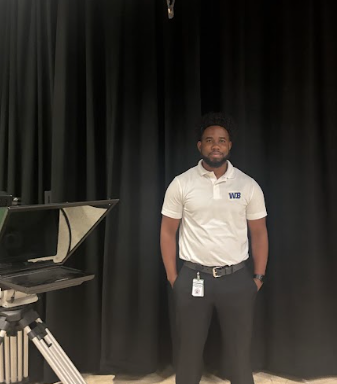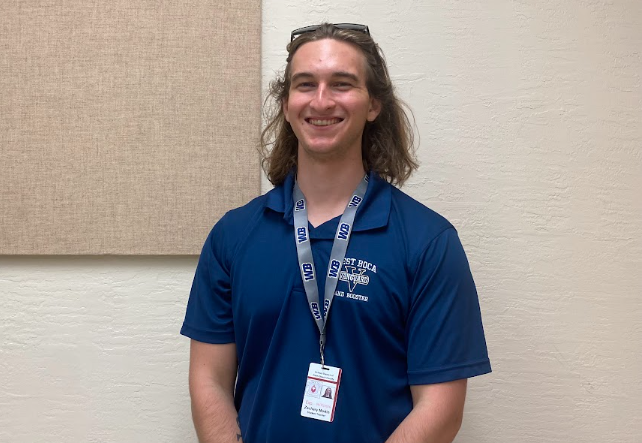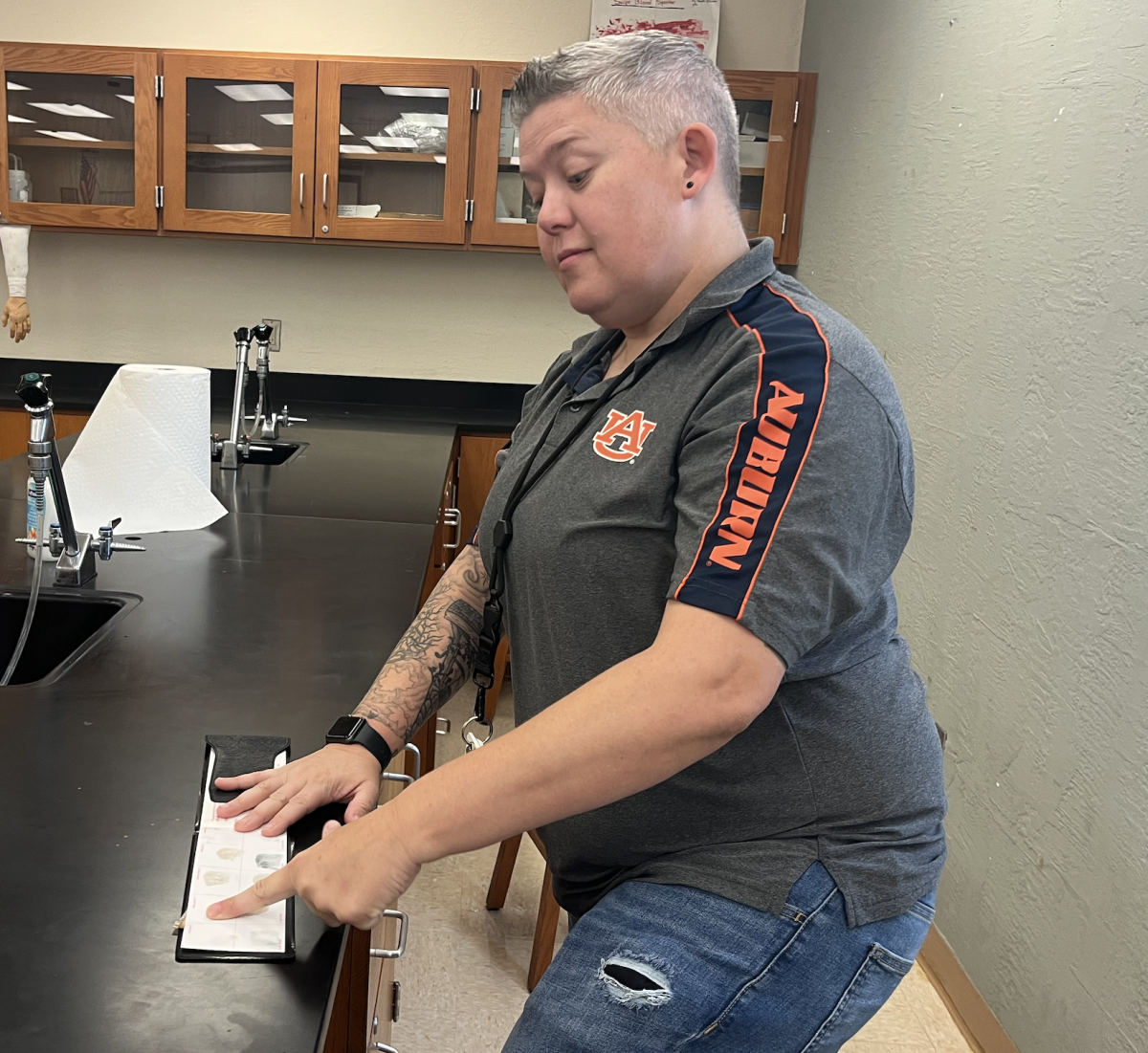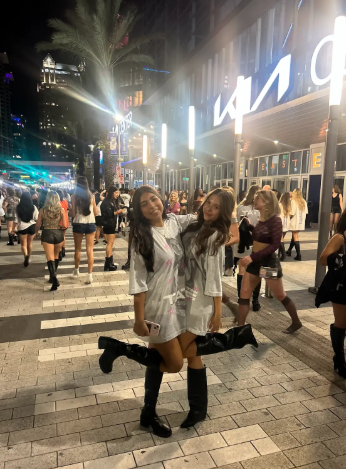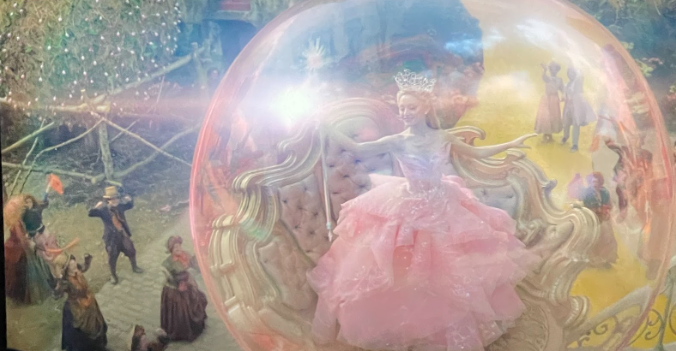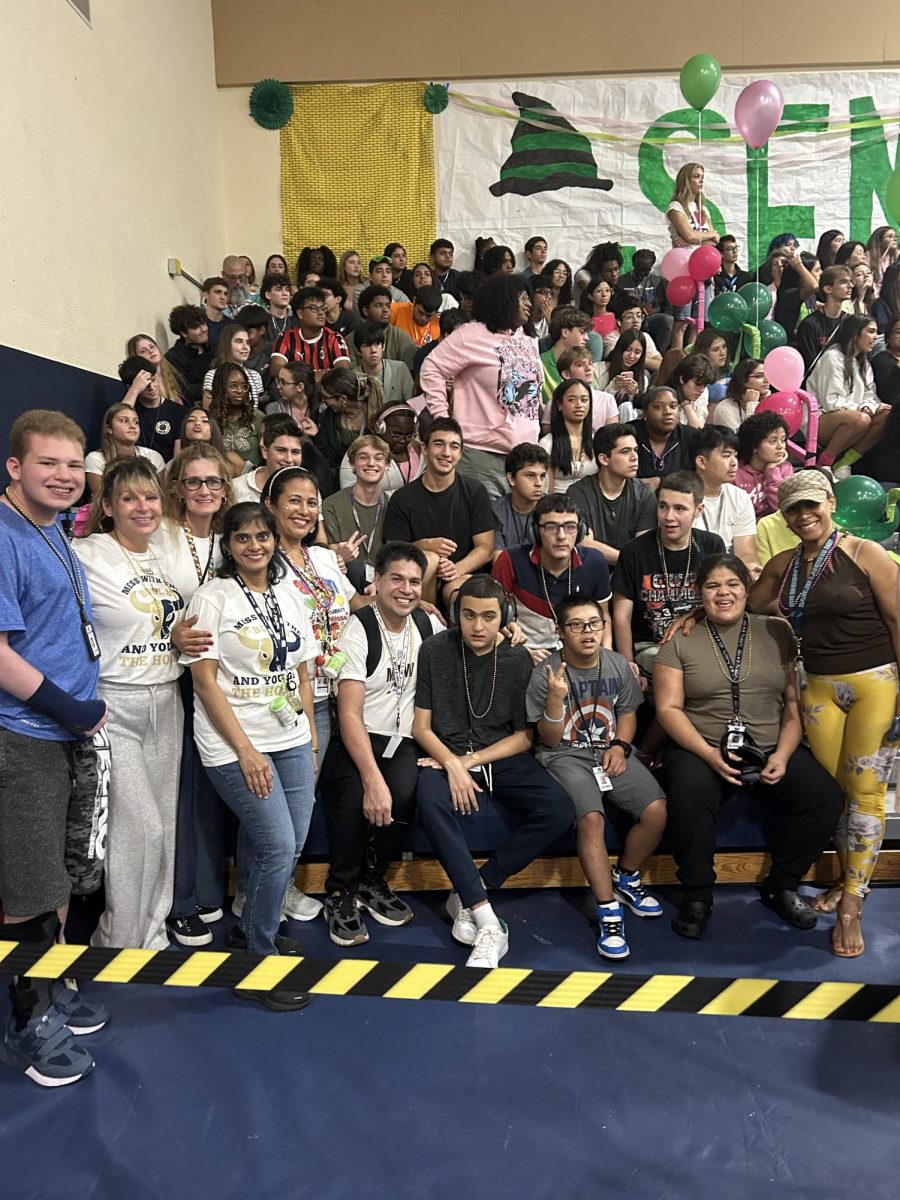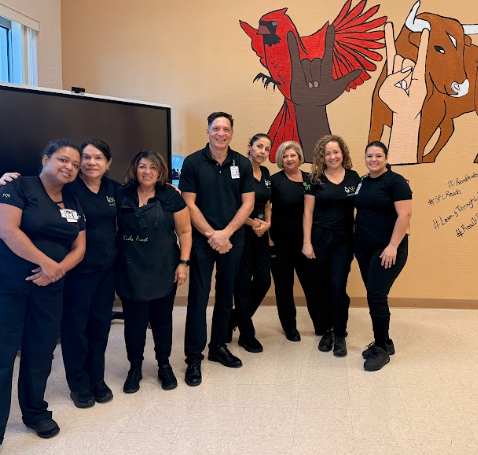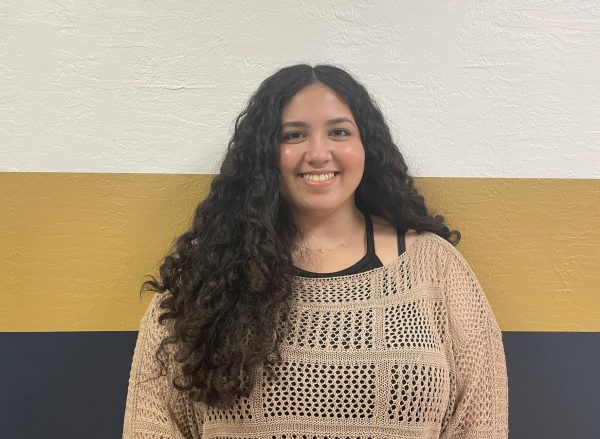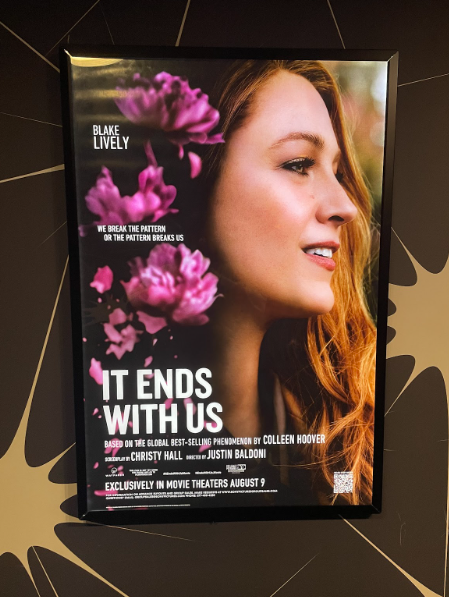
The new film It Ends with Us premiered August 9th starring Blake Lively, Justin Baldoni, and several other renowned actors. The movie tells the story of Lily Bloom (Blake Lively) and her long history with domestic violence. The movie itself is based off of Colleen Hoover’s New York Times Best Seller It Ends with Us. As we flow through the course of Lily’s life, we see her experience with the sensitive topic of domestic abuse in both hers and other relationships.
The storyline follows the life of 23-year-old graduate student, Lily Bloom. Growing up in her home, Lily often witnessed the abuse of her mother by her father. Having also experienced a side of her father’s abuse, Lily often lived in fear of him and his mood swings. She was, however, able to bypass the time with her new friend Atlas, a homeless boy looking for solace away from a difficult home life. Due to their similar situations, they were able to understand each other in a way others couldn’t. Sadly, when her father found them together, he beat Atlas half to death, leading to them separating and going different ways.
This moment in Lily’s life has a great effect on her, changing the trajectory of how she views familial and romantic relationships. This can later be seen with how she deals with her own abusive relationship with Ryle later on. Her denial of the problem leads to worsened circumstances where she is forced to confront that she is a victim of DV and realize she is in a situation that she’d hoped she would never end up in. Struggling with betrayal, heartbreak, and confusion, Lily tries to make her way through life and become who she wants to be without treading the dark path she never wanted to take.
The movie itself did a great job showing the emotional turmoil as well as denial of women in a relationship of abuse. We see Lily and her perspective looking at all the events as “accidents”. Though, as we go further, we see along with her what actually happened. She opens her eyes to what is going on and how, despite her lack of desire to end up in a similar situation to her moms, she has been in an abusive marriage. Watching the movie, I felt myself tensing at the idea of what Ryle would do to her when it came to situations involving her and Atlas. I saw how not all abusive relationships start off or end the same way and everyone’s choices and experiences are difficult and traumatic. In the case of Lily’s mother, she never left the relationship and Lily never resented her, but she did pity her. The phrase “It Ends with Us”, was meant to express the breaking of a cycle that Lily ended for both her daughters and her own sake.
Despite the movie’s sensitive and emotional storyline, audiences and critics haven’t been screaming in adoration for the movie’s release. A large issue that a majority of audiences saw was during the press tour for the movie. In Interviews, Blake Lively starred as the main character Lily Bloom often evaded or didn’t even address the topic of domestic violence. For the premiere of the movie Blake addresses audiences and says, “It Ends with Us is in theaters now, so grab your friends, wear your florals and head out to see it”. Viewers were not pleased with Blake’s choice of words or tone when referring to the movie as being something you should “wear your florals” to. Responses to Blakes comment references other films that represented sensitive topics and mimicked her comment. A majority of Blakes advertisements on her social media consisted of her painting the movie to appear cutesy and romantic when in reality it was not.
In other interviews, Blake often glides away from the topic as a whole and hasn’t commented on the character’s experience. This rubs viewers the wrong way, expressing their belief that this movie is mainly used in order for her to make money rather than to provide viewers with a new and dawning perspective. In fact, in various interviews Blake referred to the movies as fun or cutesy and inspiring but never delved into the main circumstances surrounding the storyline.
The movie itself, although it provides great insight into the physical and emotional outlook of an abusive relationship. However, readers of the original book express how the movie made the actual DV events more lighthearted than described in the actual book. For instance, in the story, Ryles’ anger and jealousy took over and he ended up pushing her down the stairs. In the movie this resulted in Lily waking up on a bed with a small gash on her head. However, in the book, Lily’s injuries are so severe she can’t move by herself, while in the film Lily could still walk on her own. It is understandable that directors may want to lighten the dark topic, but in a way, it can be seen as minimizing the issue.
The movie’s depiction of domestic violences creates a tense atmosphere, making viewers wonder what Ryle will do next while also igniting hope within other victims that they too can escape from their situation and end the cycle of violence. Although the film does a great job showcasing the emotional chain linking the abused to her abuser as well as the perseverance and strength shown by the main character pushing to get out of her situation. The advertisement of the movie has ruined their ambience and lessened the message depicted by the movie. It Ends with Us brings light to a dark issue but the lesson learned has been construed in a way directors didn’t expect.
If you or anyone you know is struggling in a domestic situation, call the following number to get in touch with the domestic violence crisis intervention hotline: (800)-799-7233

